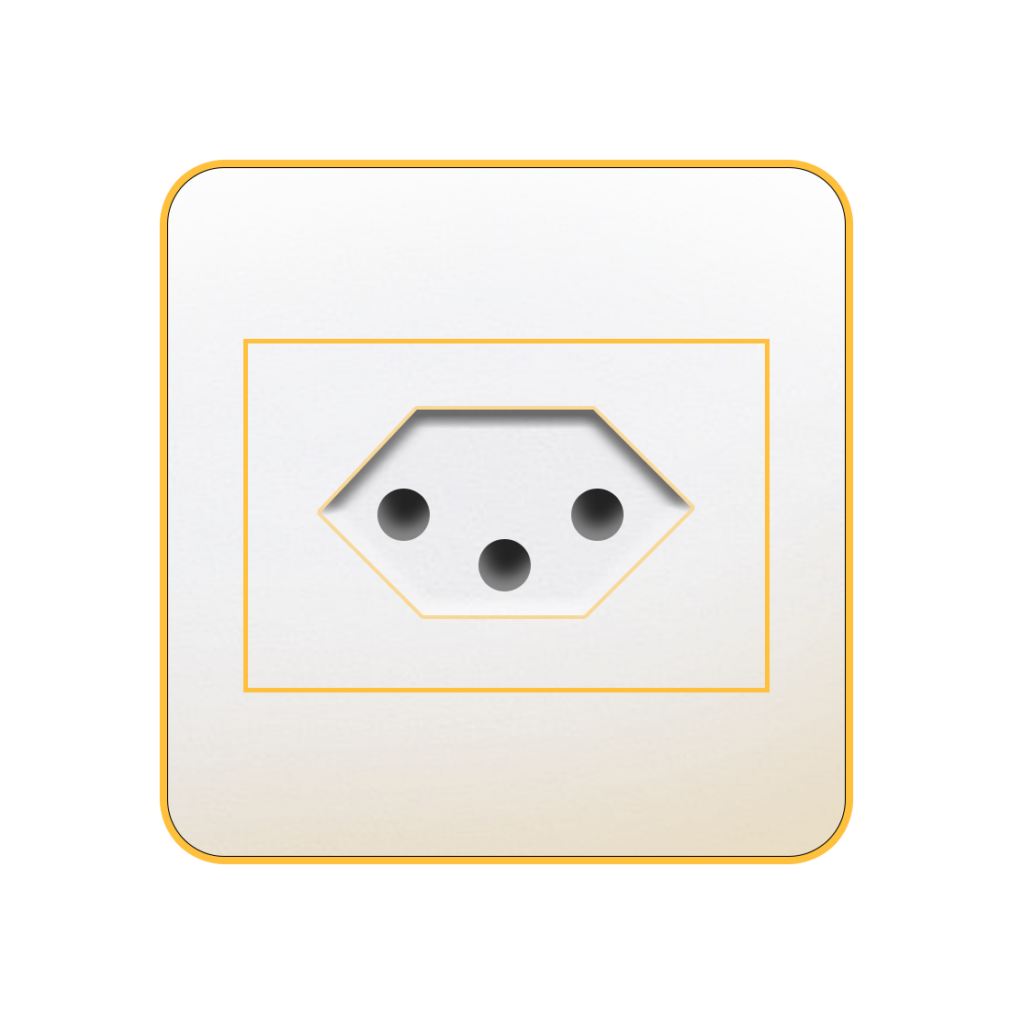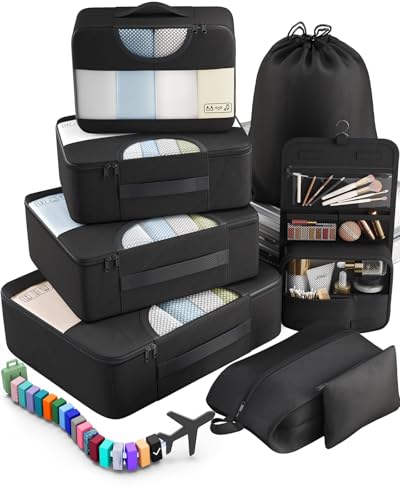In South Africa, they use Type C, D, M, and N power plugs and outlets. The voltage is 230V, and the frequency is 50Hz.
So, you’ll need a travel adapter in South Africa. Their plugs and outlets are different from the Type A and B ones we use back in the States.
Quick Overview of the Plugs in South Africa:
- Plug type in South Africa: C, D, M, and N
- Standard voltage: 230V
- Frequency: 50Hz
- Need a travel adapter? Yes, you do need a travel adapter
- Need a voltage converter? May be required for certain electronics
- Recommended plug adapter: Vintar Universal Travel Adapter Kit
This page is based on verified information from local power agencies, international standards organizations such as the IEC, and feedback from travelers who’ve recently been there.
The Only Travel Adapter You’ll Need in South Africa
Not all travel adapters work in South Africa. Pick the wrong one, and your devices might not charge at all. We don’t sell them, but we’ve researched the best one for you—safe, durable, and easy to use:
Recommended Travel Plug Adapter
by 1,000+ travelers on Amazon
If you’re already abroad and forgot your power adapter, don’t stress. You can usually get by just fine. But having one with you from the beginning adds a little peace of mind—and makes settling in that much easier.
People visiting South Africa often also travel to Namibia, Mozambique, and Botswana. Always check plug types before you go.
Power Outlets in South Africa
In South Africa, they use Type C, D, M, and N power plugs and outlets.
Type C

Type C outlets have two round prongs and no grounding pin. Type E and F plugs usually fit too, but grounded plugs will need an adapter.
Type D

Type D outlets have three large round prongs in a triangular layout and typically only accept Type D plugs, although Type C plugs might fit loosely and are not recommended for safe use.
Type M

Type M outlets have three large round prongs like Type D but spaced farther apart, designed for high-power appliances, and only accept Type M plugs—Type C may fit, but it’s unsafe and not recommended.
Type N

Type N outlets have three round prongs arranged in a triangular pattern, designed for modern high-power use, and accept Type N and sometimes Type C plugs, though grounding may be lost with Type C.
Do You Need a Voltage Converter?
Your electronics must match the voltage of the country you’re visiting, and in South Africa, the voltage is different from the 120V we use in the U.S. That means you’ll probably need a converter.
Always check the label on your device before plugging it in abroad. If it shows “100-240V, 50/60 Hz”, your device supports both 120V and 220-240V and doesn’t need a voltage converter. This is common for laptops, tablets, smartphones, cameras, and rechargeable toothbrushes.

Which Travel Devices May Need a Converter?
Don’t want to guess which converter works? Here are the best-reviewed ones worth checking out.
| Device | Need Converter? | Notes |
|---|---|---|
| Phone | ❌ No (usually) | Most modern phone chargers are dual voltage (100–240V) |
| Laptop | ❌ No (usually) | Check the power brick label for 100–240V |
| Hairdryer | ✅ Yes (often) | High wattage; many models are not dual voltage |
| Electric toothbrush | ⚠️ Check voltage | Some models are 110V only |
| Camera / DSLR | ❌ No (usually) | Most chargers are dual voltage |
| Power bank | ❌ No | Charges via USB, adapter is enough |
| Electric shaver / trimmer | ⚠️ Check voltage | Older or cheaper models may not support 230V |
| Tablet / iPad | ❌ No | All models are dual voltage |
| Portable fan | ✅ Yes (sometimes) | Many models are not compatible with 230V |
| Game console | ⚠️ Check voltage | Newer consoles like PS5 and Xbox are often dual voltage — check to be sure |
| Bluetooth speaker | ❌ No (usually) | Charges via USB |
| E-reader (Kindle, etc.) | ❌ No | USB charging only, no converter needed |
Top Travel Essentials to Pack
Not everything that’s useful takes up space. These compact items can really pull their weight when you’re on the go.
Digital Luggage Scale
Packing Cubes
Power Bank
More About South Africa
South Africa is big, bold, and full of variety. You’ve got wild safaris in Kruger, coastal drives along the Garden Route, buzzing cities like Cape Town and Joburg, and tiny towns where time seems to slow down. It’s one of the only places in the world where you can see lions in the morning and sip wine by sunset.
The country has 11 official languages, multiple climates, and a patchwork of cultures that somehow all work together. Whether you’re hiking in the Drakensberg, spotting whales off the coast, or learning local dances in a village, every part of the country tells a different story.
Travel here does come with some caution—keep an eye on your surroundings and avoid wandering around unfamiliar places at night. But with the right planning, South Africa is unforgettable. It’s not just a destination—it’s a full experience.
Top places to visit in South Africa: Cape Town, Johannesburg, and Durban.




